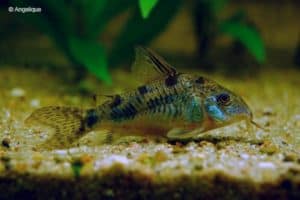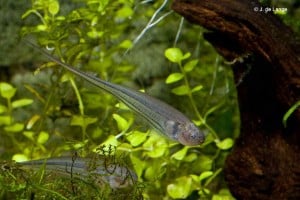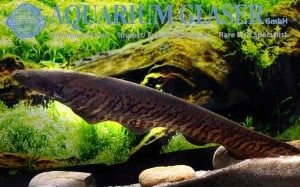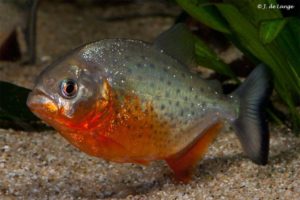Río Uruguay

Description of the Río Uruguay
General
The Río Uruguay, also known as the Uruguay River, is an important international river in South America. The name “Uruguay” has its origins in the language of the indigenous population, and there are various interpretations of its meaning. A popular explanation is that it means “river of the urú,” with “urú” referring to a native bird species. Another interpretation is “river of the caracoles,” which refers to the presence of certain shellfish in the river.
The river has a total length of approximately 1,838 kilometers and originates from the confluence of the Pelotas and Canoas rivers in southern Brazil. The Río Uruguay then flows south and empties into the Río de la Plata, which in turn flows into the Atlantic Ocean. Important cities along the river include Fray Bentos and Paysandú in Uruguay, and Concordia and Gualeguaychú in Argentina.
Habitat and biodiversity
The habitat of the Río Uruguay is diverse and includes various ecosystems, such as wetlands, grasslands, and riparian forests. These areas are of great importance to biodiversity, as they are home to a variety of flora and fauna. The river receives water from several tributaries, including the Negro, Gualeguaychú, and Arapey rivers.
The Río Uruguay eventually flows into the Río de la Plata, which forms the border between Argentina and Uruguay and empties into the Atlantic Ocean. The river’s biodiversity is rich, with more than 200 species of fish found in its waters. Among these species are several that are popular in the aquarium trade, such as the Tetra and the Corydoras, which are often offered because of their attractive appearance and relatively easy care in an aquarium environment.
Biotopes
The Río Uruguay is home to several biotopes, each with unique characteristics:
- Wetlands: These areas are crucial for water management and provide a habitat for many species of birds and fish. They also play an important role in water filtration and flood protection.
- Riparian forests: The banks of the river are often covered with forests that provide important shelter for animals and a source of food for various species. These forests also help stabilize the banks and reduce erosion.
- Grasslands: In the vicinity of the river, there are vast grasslands that are home to a diversity of plants and animals. These areas are often important for grazing animals and provide habitat for various insects and birds.
- Riverbed: The riverbed itself is a dynamic environment where sediments are deposited and eroded. This area is important for the reproduction of many fish species and provides shelter for young fish.
Water values
The water quality of the Río Uruguay is of great importance to the ecosystems that depend on this river. The average water values measured in the river are as follows:
- Average flow: Approximately 7,058 m³/s at the mouth, indicating that the river carries a significant amount of water.
- pH value: The pH value of the water varies, but is usually between 6.5 and 8.5, which is suitable for most fish species.
- Temperature: The water temperature varies depending on the season, but is usually between 20°C and 25°C, which is ideal for many tropical fish species.
However, water quality is affected by various factors, including agricultural runoff, urban pollution, and industrial activities. This has led to concerns about the ecological health of the river and the species that live in it.
In conclusion, the Río Uruguay is not only an important waterway, but also an ecosystem that supports rich biodiversity. Preserving this river and its habitats is crucial for the future of the flora and fauna that depend on this vital water source.
Author
Since I bought my first second-hand aquarium when I was twelve, I have always had one or more aquariums. I even converted a garage into a breeding room where I had 50 aquariums containing around 10,000 liters of water. At the moment, I have two aquariums: a 1,250-liter Tanganyika aquarium and a 250-liter community aquarium with plants. For the past 10 years, I have been working on this website as a writer and photographer.
Below you will find the fish species that we have added to our database and that are found in the Río Uruguay:
Showing all 10 results
Showing all 10 results











